Culture
“My place is here” is released on the big screen, a story of friendship and emancipation in 1940s Calabria
A very tender story of emancipation and search for freedom in 1940s Calabria and above all of friendship between Marta (Ludovica Martino), single mother, and …
Read morePrimavera dei Teatri returns to Castrovillari: the world changes on stage!
Renewing itself, changing its skin, while keeping clear some of the peculiarities that over the years have made it an essential event for new dramaturgy, …
Read more«The psychopomp» that touches the soul. Calabrian production in Milan
It's all there already in the title, “The Psychopomp”, where an almost obsolete term from classical culture takes us back to the deities who were …
Read moreEconomy
International

Rapper Toomaj Salehi sentenced to death in Iran for participating in 2022 protests
The Iranian rapper Toomaj Salehi he was sentenced to death for “corruption on earth” by a revolutionary tribunal. The artist's lawyer said it, Amir Raesian, …










